20.3: Lab Report
- Page ID
- 105884
\( \newcommand{\vecs}[1]{\overset { \scriptstyle \rightharpoonup} {\mathbf{#1}} } \)
\( \newcommand{\vecd}[1]{\overset{-\!-\!\rightharpoonup}{\vphantom{a}\smash {#1}}} \)
\( \newcommand{\id}{\mathrm{id}}\) \( \newcommand{\Span}{\mathrm{span}}\)
( \newcommand{\kernel}{\mathrm{null}\,}\) \( \newcommand{\range}{\mathrm{range}\,}\)
\( \newcommand{\RealPart}{\mathrm{Re}}\) \( \newcommand{\ImaginaryPart}{\mathrm{Im}}\)
\( \newcommand{\Argument}{\mathrm{Arg}}\) \( \newcommand{\norm}[1]{\| #1 \|}\)
\( \newcommand{\inner}[2]{\langle #1, #2 \rangle}\)
\( \newcommand{\Span}{\mathrm{span}}\)
\( \newcommand{\id}{\mathrm{id}}\)
\( \newcommand{\Span}{\mathrm{span}}\)
\( \newcommand{\kernel}{\mathrm{null}\,}\)
\( \newcommand{\range}{\mathrm{range}\,}\)
\( \newcommand{\RealPart}{\mathrm{Re}}\)
\( \newcommand{\ImaginaryPart}{\mathrm{Im}}\)
\( \newcommand{\Argument}{\mathrm{Arg}}\)
\( \newcommand{\norm}[1]{\| #1 \|}\)
\( \newcommand{\inner}[2]{\langle #1, #2 \rangle}\)
\( \newcommand{\Span}{\mathrm{span}}\) \( \newcommand{\AA}{\unicode[.8,0]{x212B}}\)
\( \newcommand{\vectorA}[1]{\vec{#1}} % arrow\)
\( \newcommand{\vectorAt}[1]{\vec{\text{#1}}} % arrow\)
\( \newcommand{\vectorB}[1]{\overset { \scriptstyle \rightharpoonup} {\mathbf{#1}} } \)
\( \newcommand{\vectorC}[1]{\textbf{#1}} \)
\( \newcommand{\vectorD}[1]{\overrightarrow{#1}} \)
\( \newcommand{\vectorDt}[1]{\overrightarrow{\text{#1}}} \)
\( \newcommand{\vectE}[1]{\overset{-\!-\!\rightharpoonup}{\vphantom{a}\smash{\mathbf {#1}}}} \)
\( \newcommand{\vecs}[1]{\overset { \scriptstyle \rightharpoonup} {\mathbf{#1}} } \)
\( \newcommand{\vecd}[1]{\overset{-\!-\!\rightharpoonup}{\vphantom{a}\smash {#1}}} \)
Scientific Method
Part 1: The Strange Case of BeriBeri: 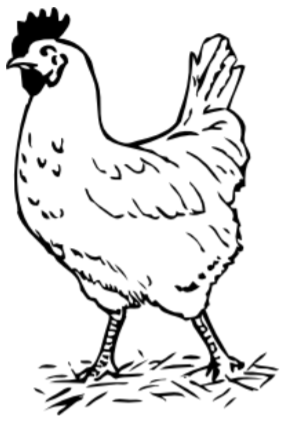
- State the problem.
- What was the hypothesis?
- How was the hypothesis tested?
- Do the results indicate that the hypothesis should be rejected?
- What should be the new hypothesis and how would you test it?
Part 2: How Penicillin Was Discovered:
- Identify the problem.
- What was Fleming's hypothesis?
- How was the hypothesis tested?
- Do the results indicate that the hypothesis should be rejected?
- This experiment led to the development of what major medical advancement…?
Part 3: Identify the Controls and Variables 
- Identify the:
- Control Group:
- Independent Variable:
- Dependent Variable:
- What should Smithers' conclusion be?
- How could this experiment be improved?
____________________________________________________________________________________________________________________________________________

- What was the initial observation?
- Identify the:
- Control Group:
- Independent Variable:
- Dependent Variable:
- What should Homer's conclusion be?
______________________________________________________________________________________________________________________________________________
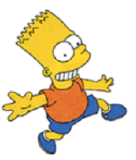
- Identify the:
- Control Group:
- Independent Variable:
- Dependent Variable:
- What should Bart's conclusion be?
- How could Bart's experiment be improved?
___________________________________________________________________________________________________________________________________________
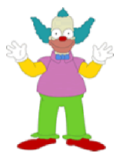
- Identify the:
- Control Group:
- Independent Variable:
- Dependent Variable:
- Explain whether the data supports the advertisement's claims about its product.
- How could this experiment be improved?
______________________________________________________________________________________________________________________________________________
 13. Design Lisa's experiment.
13. Design Lisa's experiment.
Using the Scientific Method to Investigate Termite Behavior
Experiment 1:
- Write a hypothesis and prediction for this experiment: How do you think the termite will react to each circle? Why?
- Place your termite into each circle and record the results. What happens when the termite encounters each circle? Does it follow each of the trails?
Experiment 2:
- Write a hypothesis and a prediction.
- Design your experiment: what is your independent variable? What is your dependent variable? What are your control and experimental groups?
- Write a brief conclusion. What did you find? Did your results support your hypothesis?
Taxonomy
Part 1: A Simple Dichotomous Key
| Creature | Description |
|---|---|
| Jackelope | Mean-spirited horned jack rabbit |
| Chupacabra | Reptilian creature covered in scales with spines along the dorsal ridge; likes to eat goats |
| Altamaha-ha | Water monster with an alligator-like head and long neck; lives in the marshes of Coastal Georgia |
| Sasquatch | Stinky giant humanoid covered in brown fur; found in the forests of North America |
| Yeti | Giant mountain humanoid covered in white fur; prefers the snow |
| Kraken | Giant octopus-like creature; takes down ships in the open ocean |
| Nessie | Water monster with a snake-like head and long neck; lives in Loch Ness, in the Scottish highlands |
Below, you will find the dichotomous key used to identify a folkloric creature you may come across. On the left is the list of questions and on the right, the same list is represented as a flowchart. Both are useful representations of the same dichotomous key.
1. Does the creature live on land? 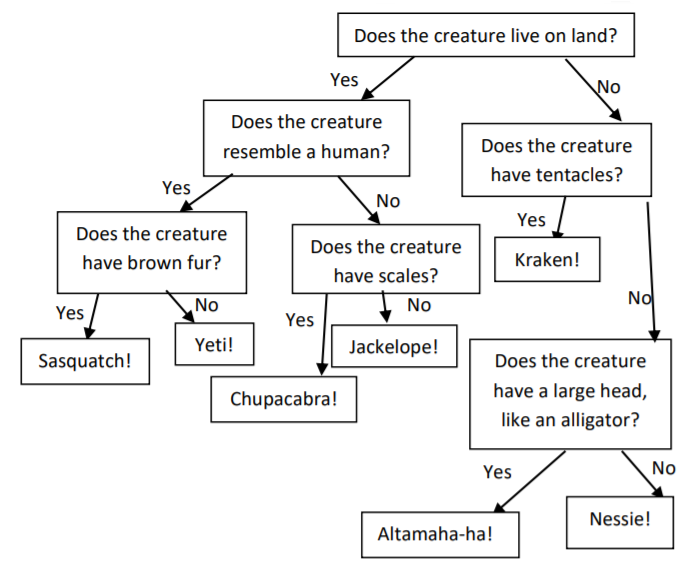
- a. Yes: go to question 2
- b. No: go to question 5
2. Does the creature resemble a human?
- a. Yes: go to question 3
- b. No: go to question 4
3. Does the creature have brown fur?
- a. Yes: Sasquatch!
- b. No: Yeti!
4. Does the creature have scales?
- a. Yes: Chupacabra!
- b. No: Jackelope!
5. Does the creature have tentacles?
- a. Yes: Kraken!
- b. No: go to question 6
6. Does the creature have a large head, resembling an alligator?
- a. Yes: Altamaha-ha!
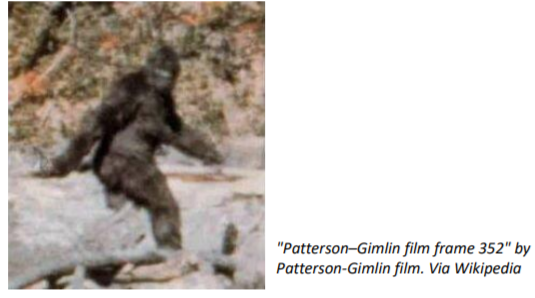
- b. No: Nessie!
Using the dichotomous key, identify the creature on the right.
Part 2: Building a Dichotomous Key
| Emoji | Description | Name |
|---|---|---|
 |
||
 |
||
 |
||
 |
||
 |
||
 |
Dichotomous Key Questions:

Part 3: Using a Dichotomous Key to Identify Trees
In this section, a dichotomous key will be used to identify tree species based on samples provided by your instructor. Refer to the guide provided should any terms about the characteristics used to distinguish among trees be unfamiliar.
| Plant Number | Scientific/Common Name |
|---|---|
| Plant 1 | |
| Plant 2 | |
| Plant 3 | |
| Plant 4 | |
| Plant 5 | |
| Plant 6 | |
| Plant 7 |

